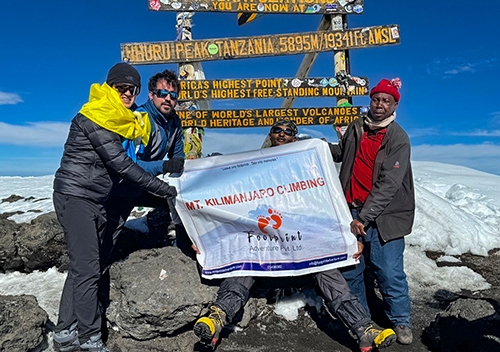For many people, climbing Mount Kilimanjaro is a dream that enables them to conquer the tallest mountain in Africa. But, as with any significant physical challenge, it's natural to wonder: how dangerous is climbing Kilimanjaro? The short answer is that it is not one of the most technical climbs, but it has its risks. Though it is not something that everyone can attain, if sufficient preparation and adequate knowledge of the risks involved are taken, it is possible. However, with proper preparation and a good understanding of the potential dangers, it's an achievable goal for many.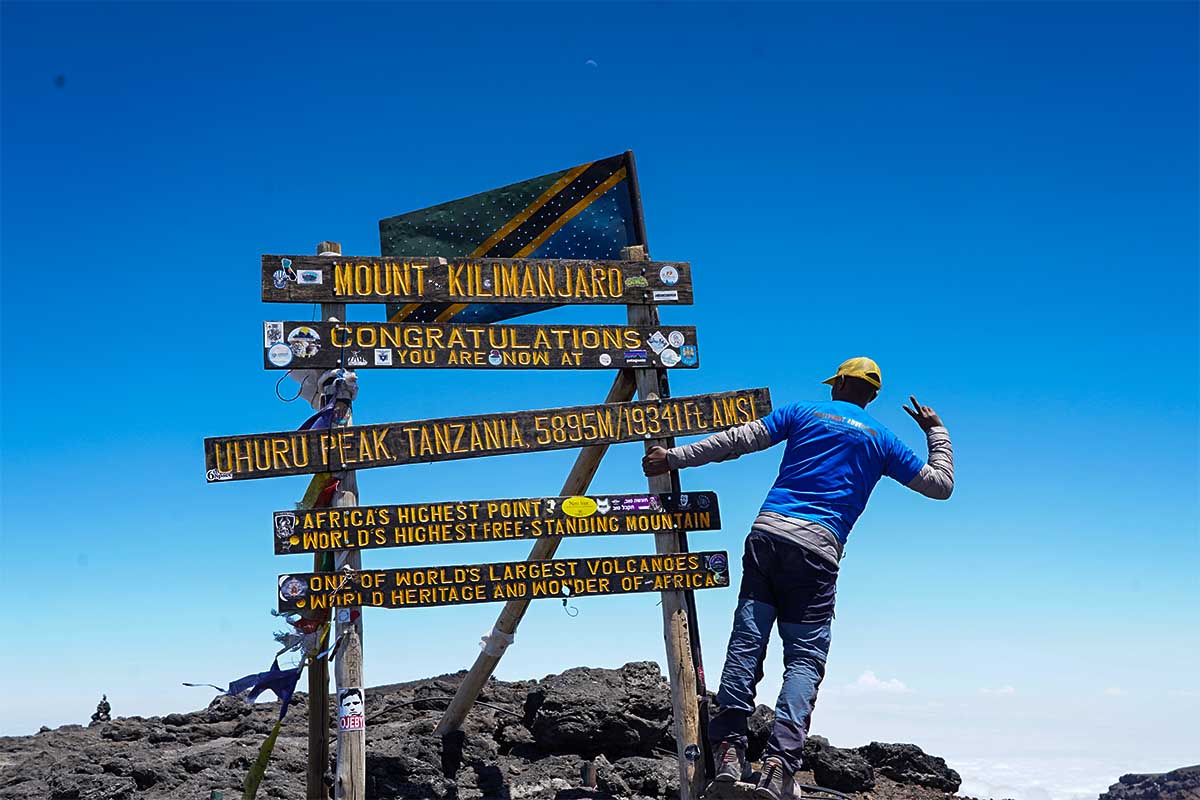
Table of Content
Altitude Sickness: The Biggest Concern
It is not falls or avalanches that are dangerous when climbing Kilimanjaro; rather, it is acute mountain sickness. The summit of Kilimanjaro is 19,341 feet, which really puts pressure on your body. It is steep most of the time and, therefore, leads to quick altitude gain that can easily result in AMS. Some signs include headaches, nausea, dizziness, and fatigue. In some instances, HAPE or HACE might occur which are very dangerous and require the hiker to descend immediately.

For a detailed view of altitude sickness, read our blog Acute Mountain Sickness and Preventive Measures
Advice: To avoid this, ensure that you take a longer route that will enable your body to adapt to the new environment. The longer you train, the better your body is adapted for the day on the mountain without suffering from severe soreness or exhaustion.
Weather Conditions: Unpredictable and Harsh
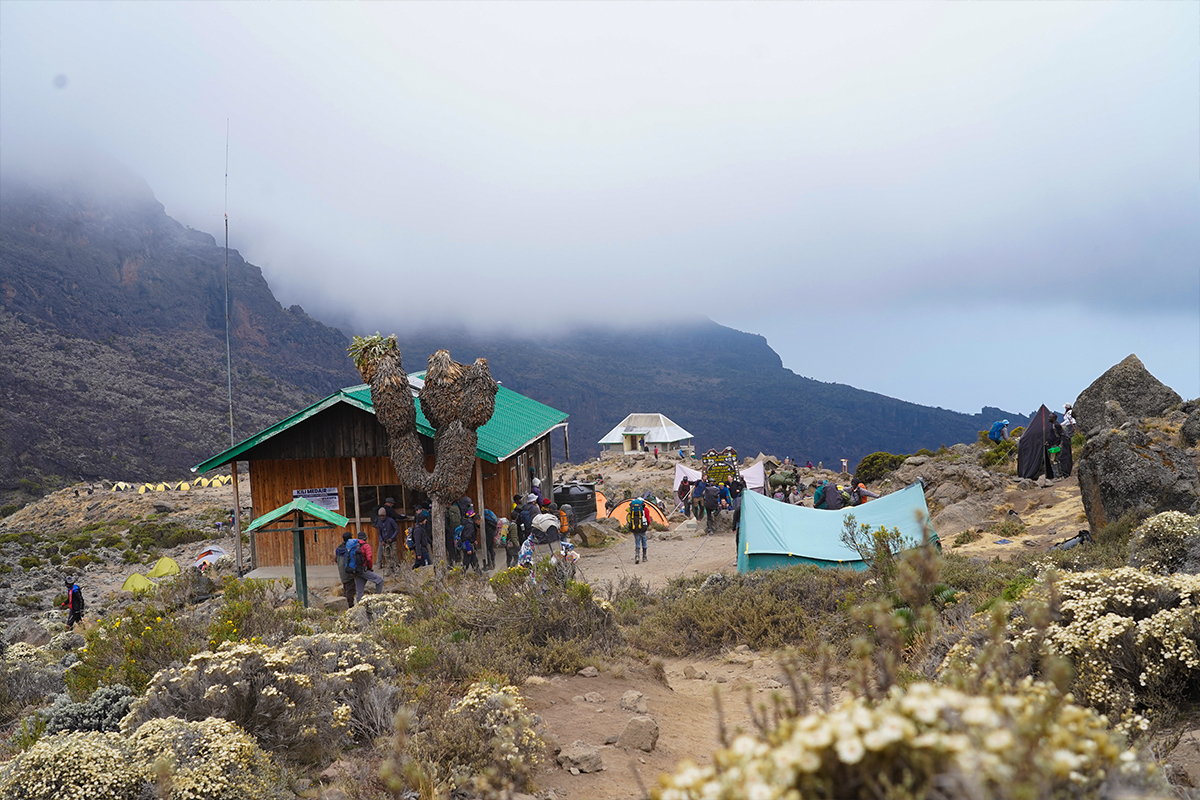
One of the remarkable characteristics of the climate on Kilimanjaro is that it can change in the blink of an eye. One time, you are hiking with the sun shining, and then you find yourself struggling with heavy winds, rain, or even snow. Cold climates characterize high altitudes since temperatures can drop well below the freezing point. Although these conditions are not quite severe enough to be dangerous, such as frostbite, this makes the climb a bit more demanding. Learn about Climate Zones of Mount Kilimanjaro, Click Here
Advice: Pack light clothing and also heavy clothing depending on the region you are visiting because weather can change from warm to cold and you will need rain gear.
Terrain Challenges: Slippery Paths and Loose Rocks
The geography of Kilimanjaro is diverse and can depend on the route and height. Some trails are steep, while others are not as steep; some areas are slippery because of the mud, while some, such as the Barranco Wall, require one to climb using his/her hands. Nothing in the structure, but the loose rocks and steep inclines may cause slips or falls if one is not cautious enough.
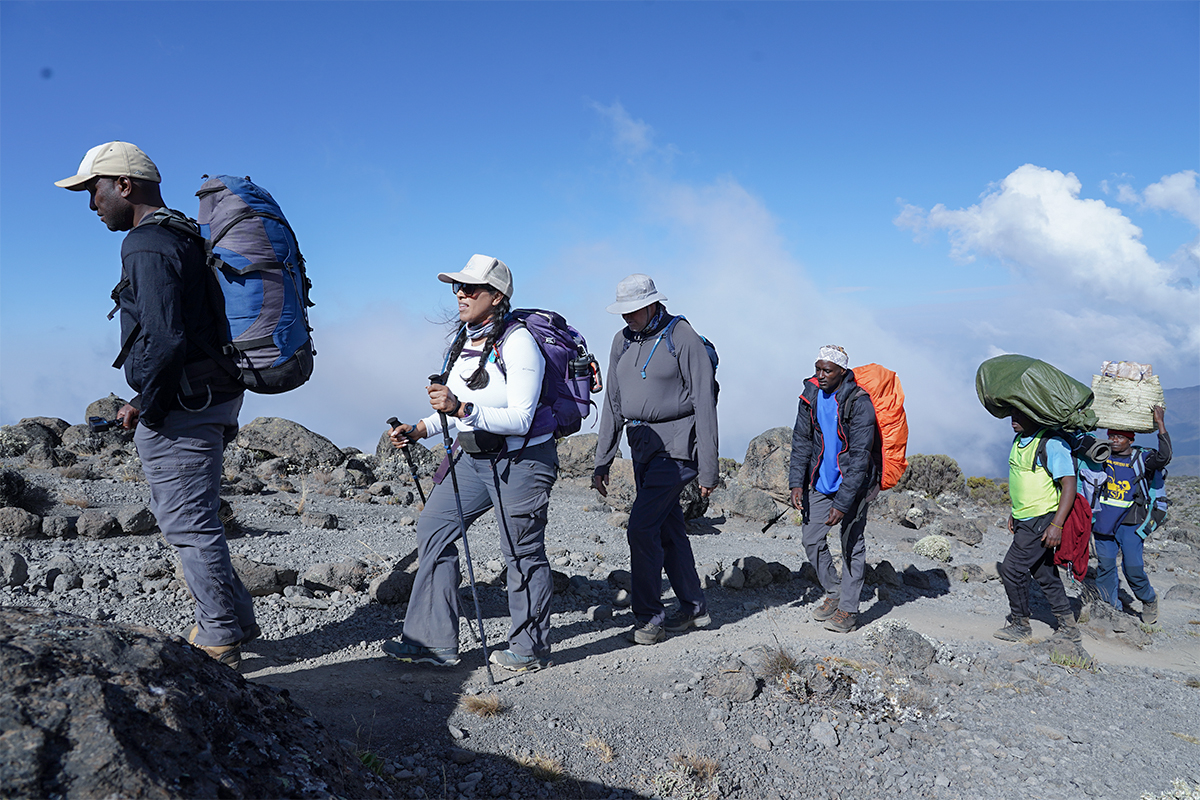
Advice: I carried out my hiking boots, which are comfortable and durable and have a reinforced ankle to prevent sliding. If you are on an uneven surface, then the walking poles will assist you in balancing in the same way a walking stick would.
Exhaustion: The Mental and Physical Toll
Regardless of your level of fitness, strenuous hours of walking, low oxygen levels, and a variety of terrains are tough on the system. Physical tiredness is expected, but it is most likely felt during the final push, where climbers ascend to the summit, which typically occurs at midnight. Venturing at night through cold, thin air on steep inclines can even feel like an impossible task.
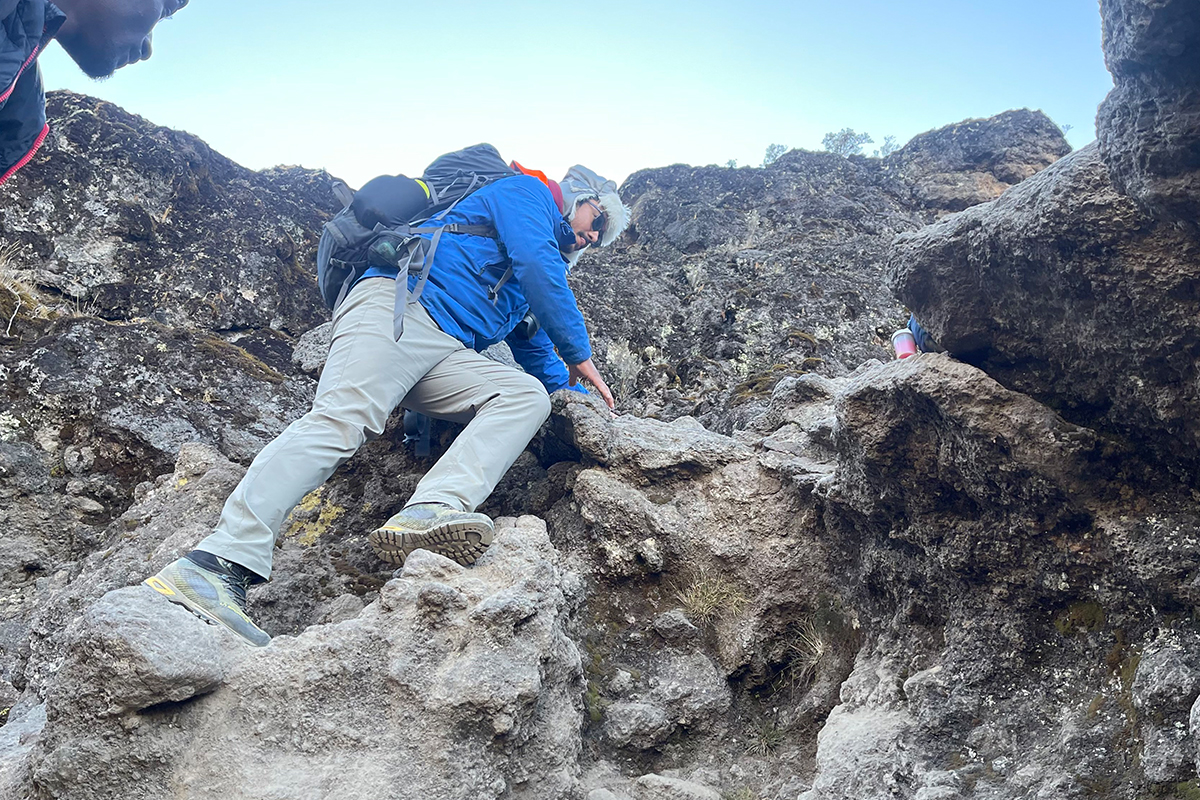 Advice: Get practice beforehand to improve stamina, physical fitness, and the ability to make decisions. Incorporated into this regimen could be periods in which the candidate is encouraged to rest, eat, or drink if they want to stay healthy and full of energy.
Advice: Get practice beforehand to improve stamina, physical fitness, and the ability to make decisions. Incorporated into this regimen could be periods in which the candidate is encouraged to rest, eat, or drink if they want to stay healthy and full of energy.
A Comprehensive Guidebook for Climbing Kilimanjaro
Wildlife Encounters: Rare, but Possible
Actually there are no notorious wild animals that frequent the mountain but as you troop through the lower forest zone, you may be fortunate to meet some animals. Monkeys are quite often, and, occasionally, climbers mention having seen a buffalo or even an elephant near certain trails. Nevertheless, it is important to note that most of the wildlife populations tend to stay away from areas with high human traffic.
Learn about Best Time to Climb Mount Kilimanjaro
Advice: Stay within the tracks laid down and listen to the guide so as not to have an encounter with the wildlife.
Guides and Support: Your Lifeline on the Mountain
The first and one of the most crucial safety measures is your guide. Professional and accredited ones are well-equipped to handle any emergencies, assess your condition and performance, or even recommend an appropriate pace that is fit for all adventure seekers. They are your biggest potential in avoiding mishaps or addressing any concerns related to altitude.

Advice: Choose a well-established company, and the guides used should be qualified and have a license. This can go a long way in ensuring that you follow the appropriate measures that will result in a safe and successful climb.
Dehydration and Nutrition: Underestimated Dangers
It's easy to get dehydrated at high altitudes, especially when it's cold, and you don't feel as thirsty. Yet, dehydration can contribute to fatigue and altitude sickness. Additionally, maintaining proper nutrition is crucial to keep your energy levels high throughout the climb.

Advice: Drink plenty of water—guides recommend 3-4 liters a day—and eat consistently, even when you're not hungry.
Is Kilimanjaro Climb Dangerous?
In summary, Kilimanjaro presents real challenges, but with proper preparation, acclimatization, and guidance, the risks can be minimized. The dangers are manageable with the right mindset, gear, and expert support. Thousands of people successfully summit Kilimanjaro every year, many with no previous climbing experience. It's an adventure that demands respect but doesn't require fear.
The key to a safe and successful climb? Take your time, listen to your body, and trust your guides. Know more about on Kilimanjaro Climbing Difficulty
Ready to Conquer Mount Kilimanjaro? Embark on a life-changing journey with Footprint Adventure! Book Now
FAQs
How dangerous is climbing Mount Kilimanjaro?
Climbing Mount Kilimanjaro can be dangerous, but the risks are manageable with the right preparation and a professional guide. The main risks include altitude sickness, harsh weather, exhaustion, and difficult terrain. While it's not a technical climb, the rapid altitude gain is the most significant concern. However, thousands of climbers reach the summit each year safely.
What is the most significant risk when climbing Kilimanjaro?
The biggest risk is altitude sickness due to the mountain's height (19,341 feet). Acute Mountain Sickness (AMS) can affect anyone, even fit climbers. If not addressed, it can escalate into life-threatening conditions like HAPE (High Altitude Pulmonary Edema) or HACE (High Altitude Cerebral Edema).
Is Kilimanjaro safe to climb?
Yes, Kilimanjaro is considered safe to climb, especially when proper safety protocols are followed. The main hazards come from altitude sickness, unpredictable weather, and physical exhaustion. Choosing a reputable tour operator, ensuring proper acclimatization, and listening to your guide will make the climb safer.
Can a beginner climb Kilimanjaro?
Yes, beginners can climb Kilimanjaro. It's a non-technical climb, meaning no ropes or special equipment are needed. However, beginners should be aware of the physical and mental demands of the hike, and proper training is essential to improve fitness levels and endurance. Choosing a longer route for better acclimatization is also recommended.
How many people have died climbing Kilimanjaro?
Fatalities on Kilimanjaro are relatively rare. It's estimated that 5-10 climbers die on the mountain each year, primarily due to complications from altitude sickness. This number is low, considering that over 30,000 people attempt the climb annually. Proper precautions, such as going with an experienced guide, significantly reduce these risks.
How can I avoid altitude sickness on Kilimanjaro?
To avoid altitude sickness, choose a longer route that allows for better acclimatization, such as the Lemosho or Northern Circuit. Climb slowly, drink plenty of water, and pay attention to your body's signals. If symptoms of AMS occur, communicate with your guide and consider descending to a lower altitude for recovery.
Is climbing Kilimanjaro harder than Everest Base Camp?
While both are challenging, Kilimanjaro is considered harder for many due to its rapid altitude gain and shorter climbing period. Everest Base Camp allows for more gradual acclimatization. However, Kilimanjaro does not require technical skills or gear, whereas Everest Base Camp is longer and requires navigating more rugged terrain.
What is the success rate for climbing Kilimanjaro?
The success rate varies by route and preparation, but overall, about 65-70% of climbers reach the summit. Longer routes like the Lemosho and Northern Circuit have higher success rates because they allow for better acclimatization.
How fit do you need to be to climb Kilimanjaro?
Climbers should be in good physical condition with a reasonable level of fitness. While Kilimanjaro doesn't require technical climbing skills, endurance, and stamina are essential due to the long hiking days, high altitude, and varied terrain. Training through long hikes and cardio exercises before the climb is recommended.
What is the best time to climb Kilimanjaro?
The best time to climb Kilimanjaro is during the dry seasons: from January to mid-March and from June to October. These months offer clearer skies, warmer temperatures, and less rain, making the trek safer and more comfortable.
![Kilimanjaro Climb via Lemosho Route]() Best SellingDuration: 10 Days
Best SellingDuration: 10 DaysKilimanjaro Climbing from Lemosho Route



